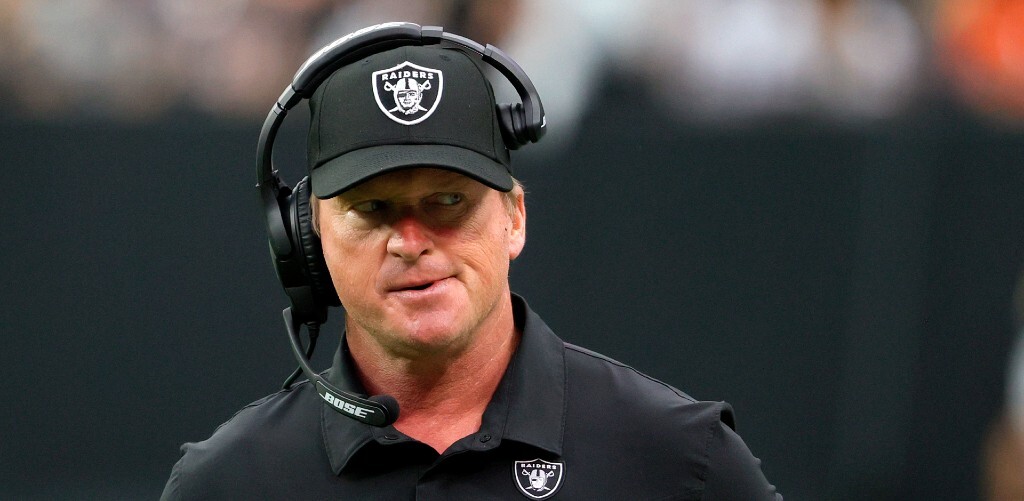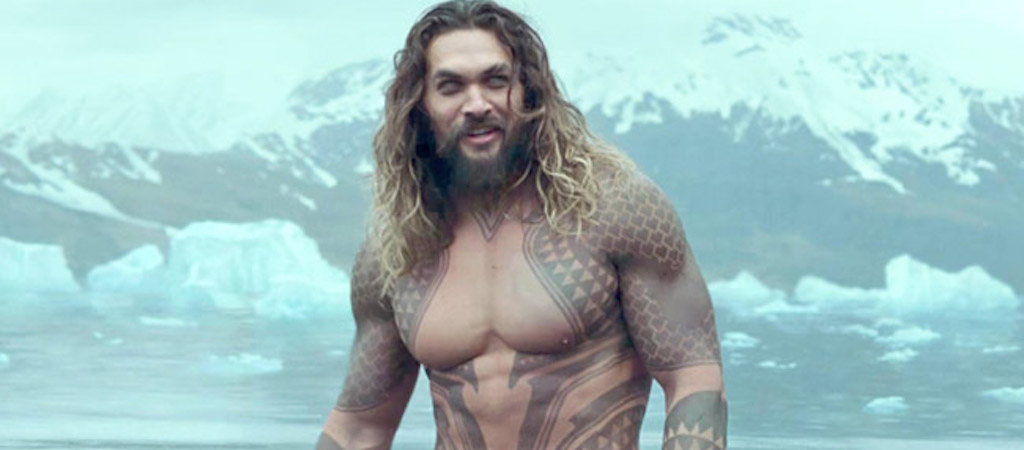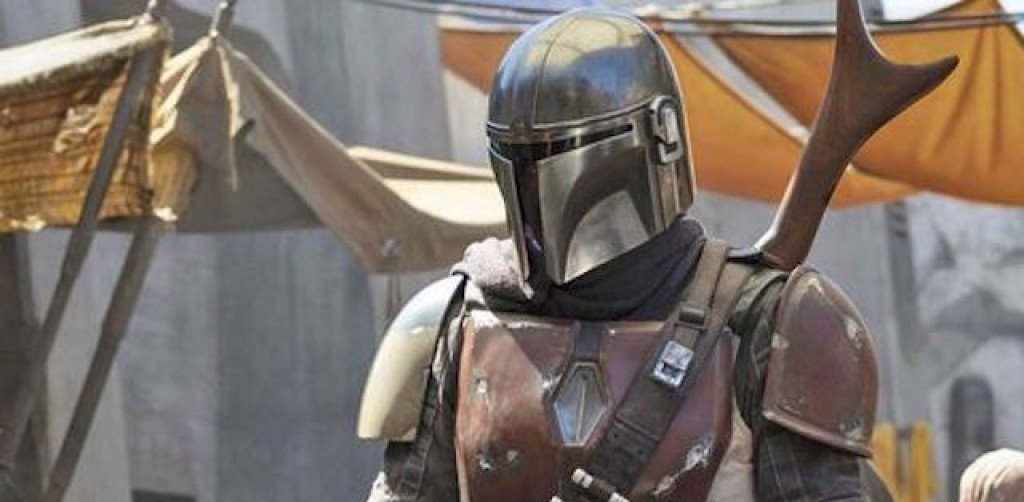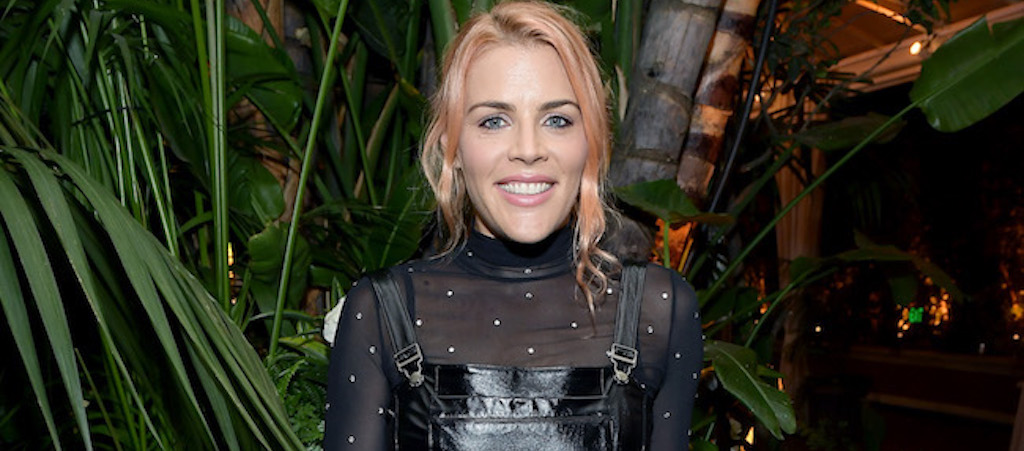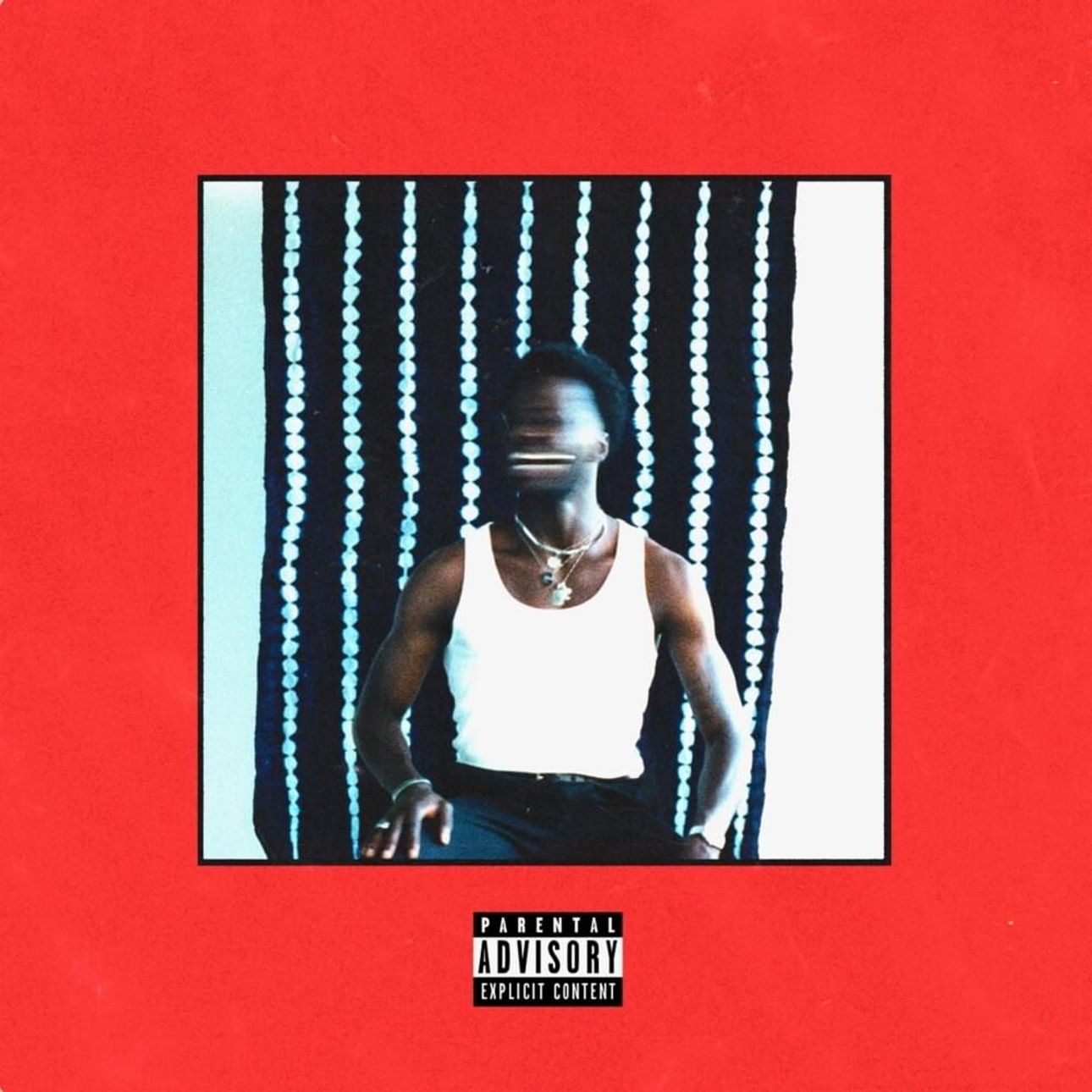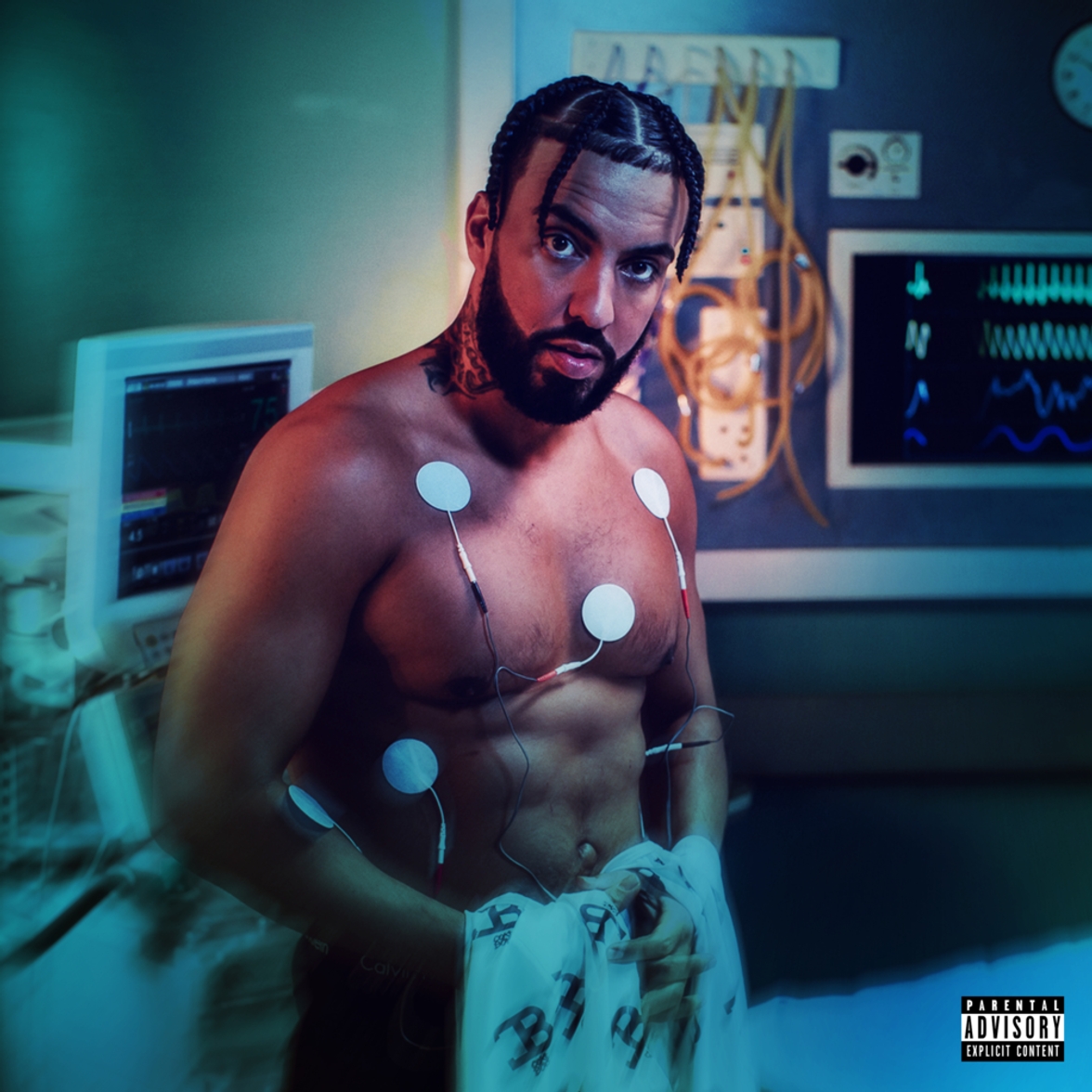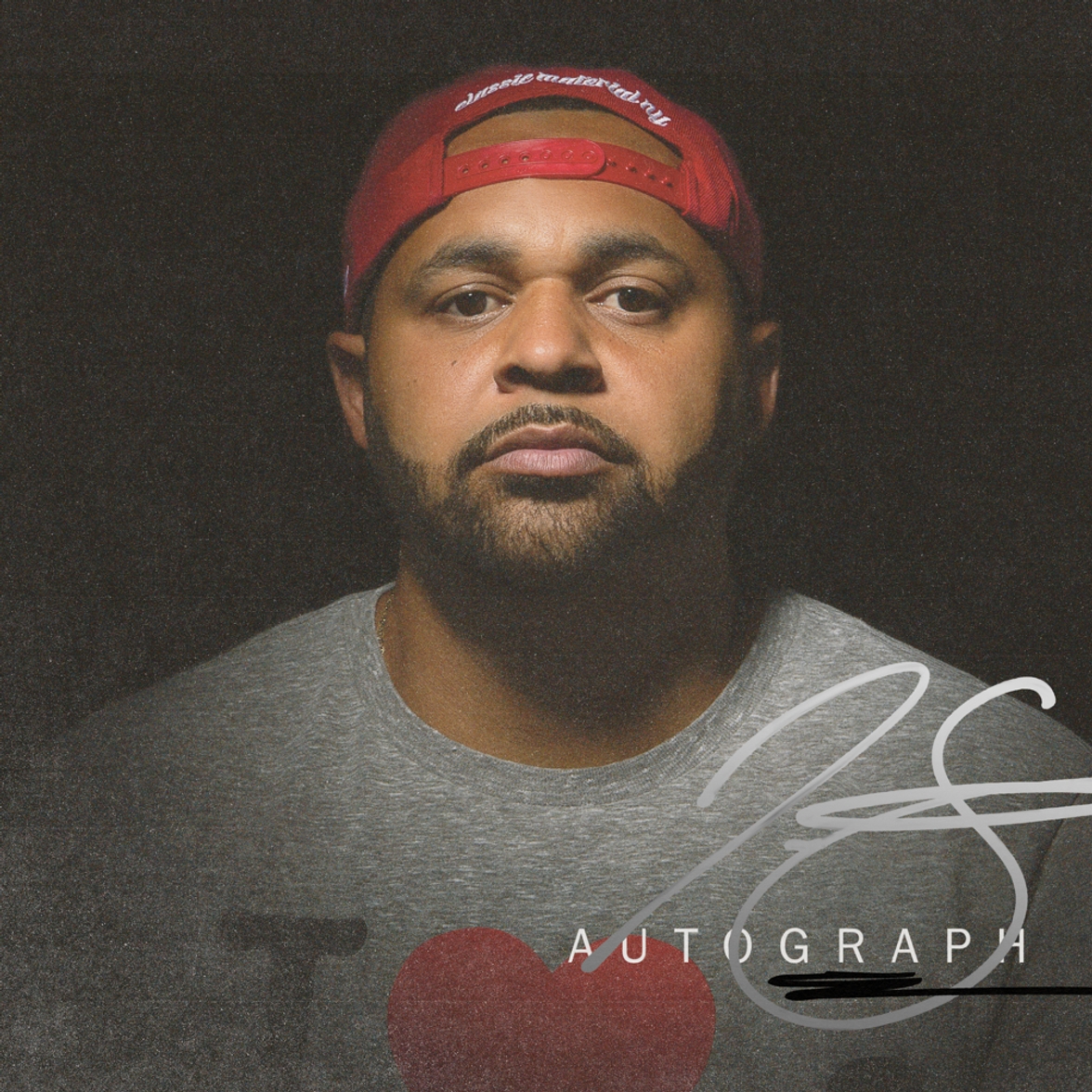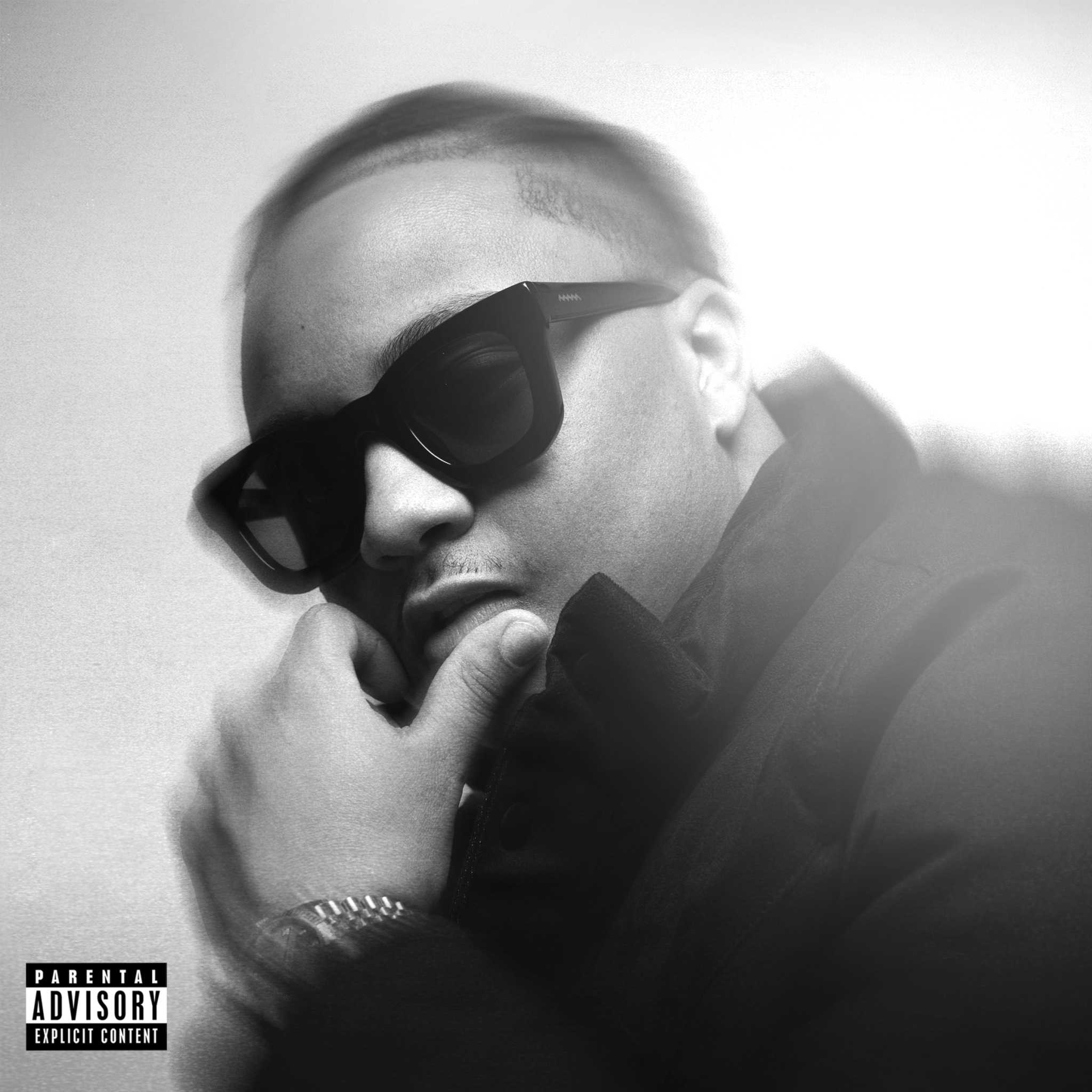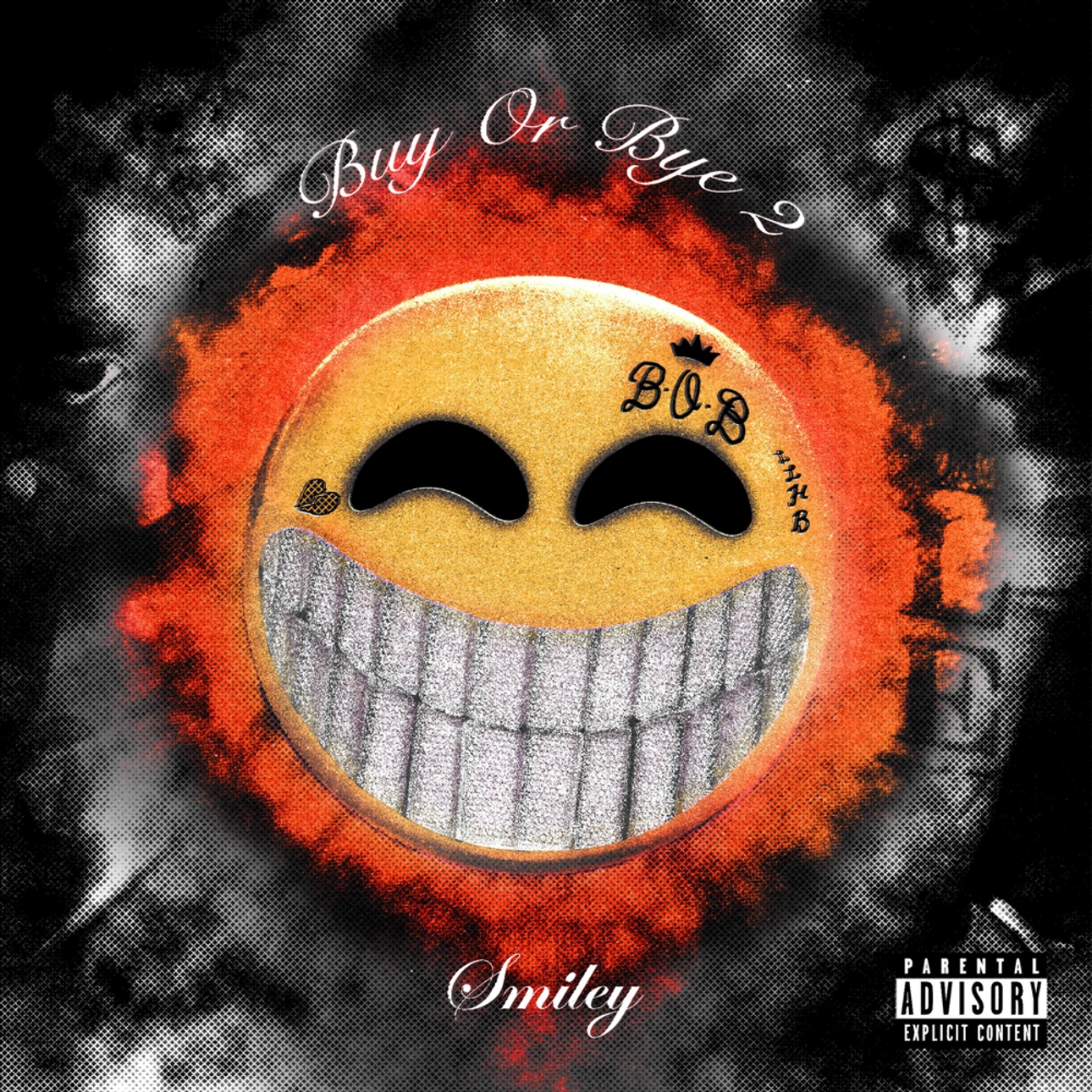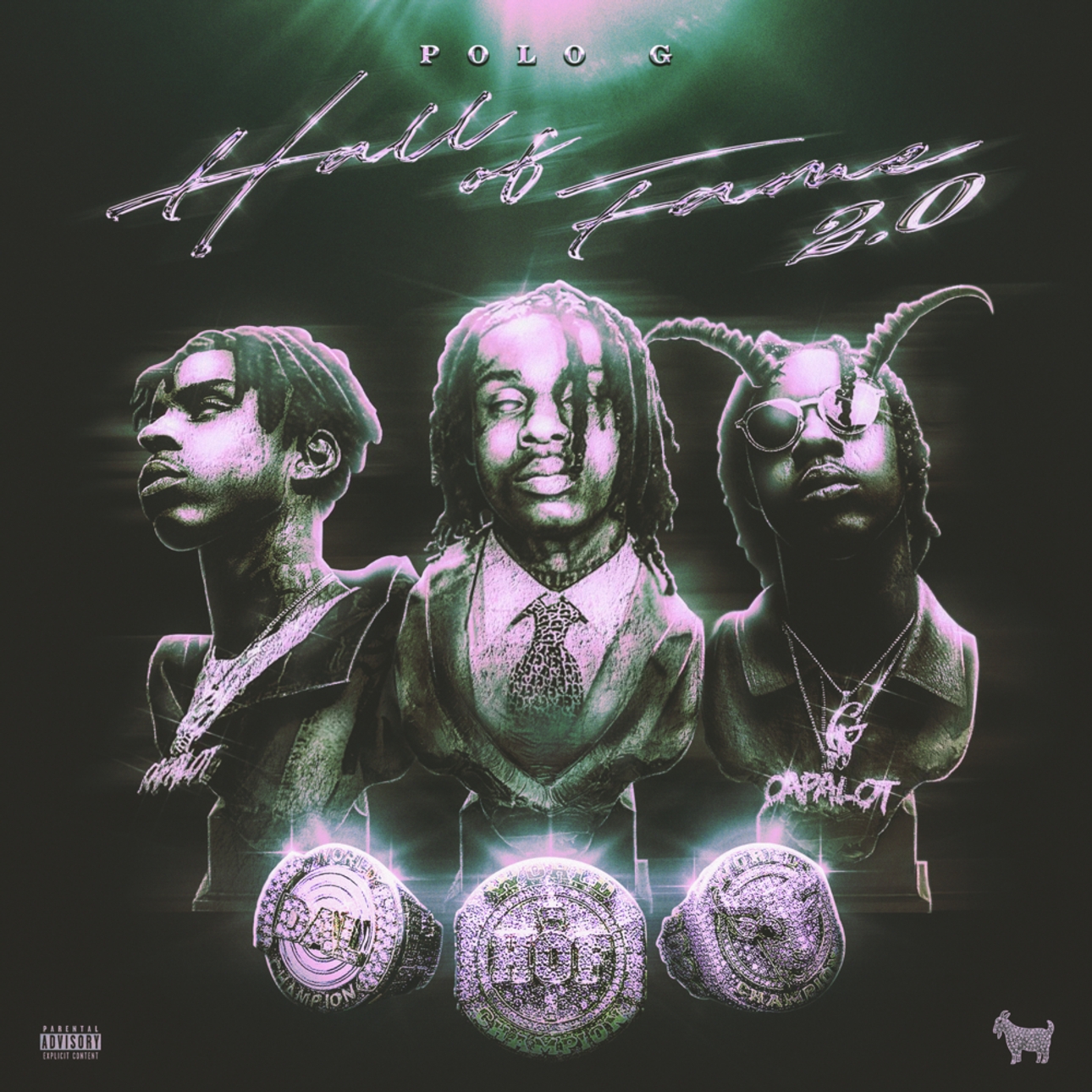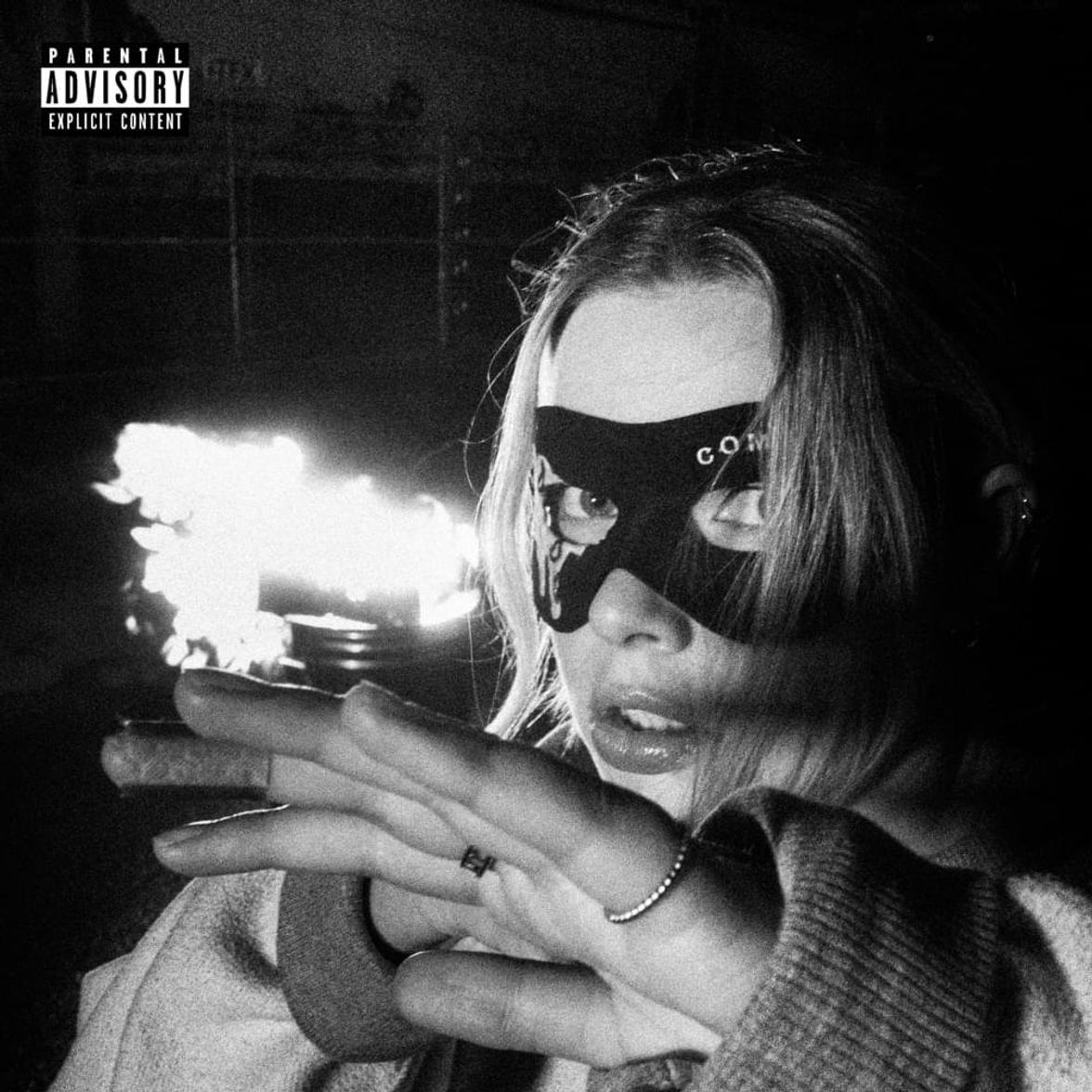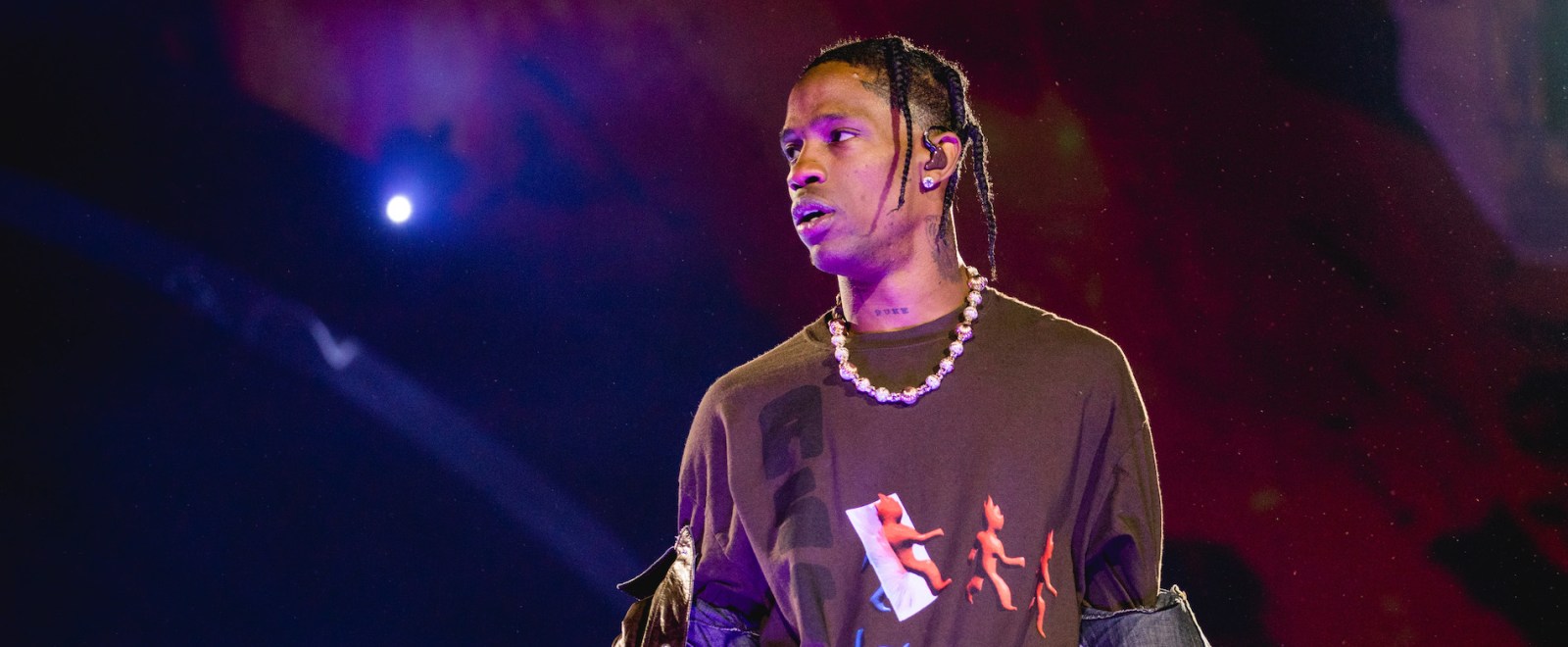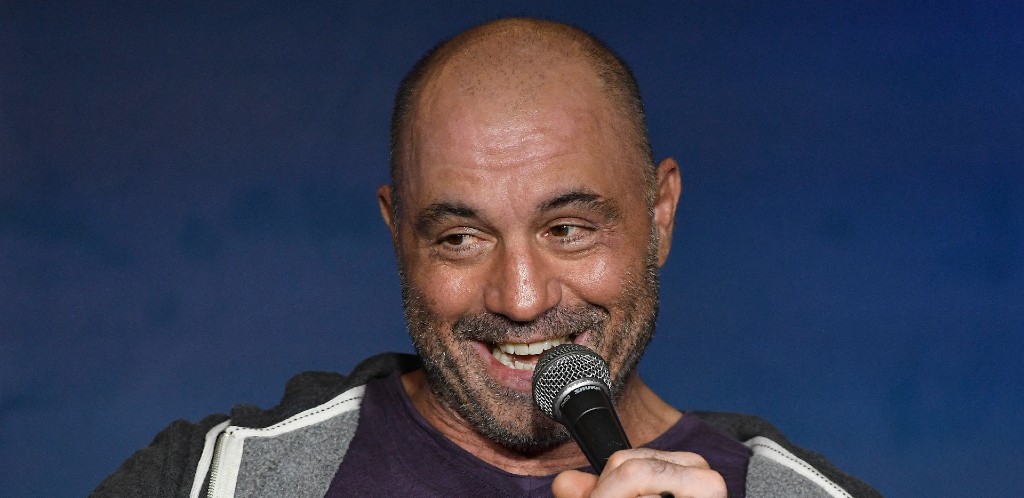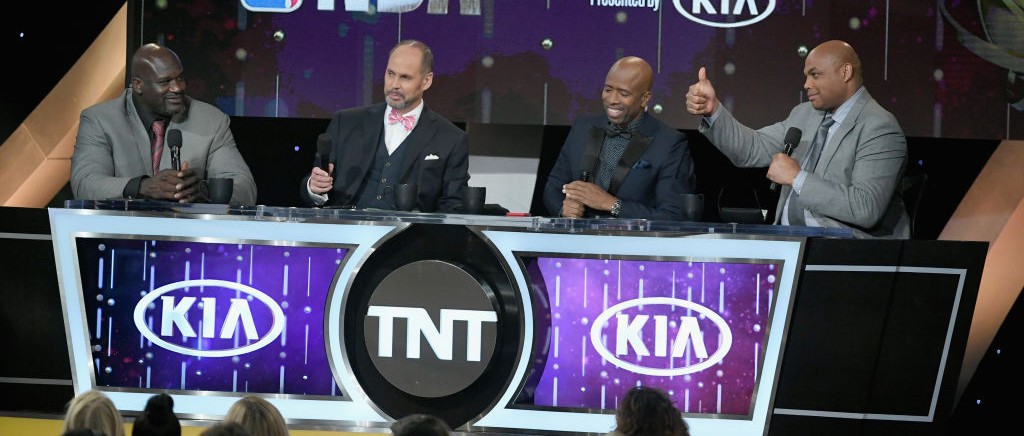Home Sweet Home Alone (Disney+ film) — There’s no Macaulay Culkin, no Joe Pesci, and No Daniel Stern here, but this still looks like a marvelous reboot to the franchise. Archie Yates stars as Max Mercer, who’s as resourceful as Kevin McCallister when his family inadvertently leaves him behind while on vacation. Ellie Kemper and Rob Delaney star as two married thieves who wanna steal a priceless heirloom, and expect Kenan Thompson to make an appearance amid all the holiday hijinks.
The World According to Jeff Goldblum: Season 2 (Disney+ series) — Jazzy Jeff Goldblum (no really, he’s a best-selling jazz artist, and not a DJ) catapulted to fame while unbuttoning his shirt during the first Jurassic Park film. These days, however, Jeff’s pursuing more intellectually curious endeavors, and that’s going down on his delightfully quirky National Geographic show on Disney+. After exploring the origins of ice cream (you must watch that episode), he’s about to leap into your heart for another round of episodes, this time while exploring magic, fireworks, monsters, dogs, and dance.
More Disney+ Day Content:: Under the Helmet: The Legacy of Boba Fett, Shang-Chi and The Legend of The Ten Rings, Jungle Cruise, Olaf Presents, Ciao Alberto, and Marvel Studios’ 2021 Disney+ Day Special will arrive as previously announced. In addition, expect some new documentary action in Billie Eliish’s The Making of Happier than Ever: A Love Letter to Los Angeles, Marvel Assembled: The Making of Shang-Chi and The Legend of The Ten Rings, and Marvel Studios Legends: Hawkeye.
Red Notice (Netflix film) — A few years ago, Netflix set the stage for their supposed biggest (and most expensive) movie ever, and a lot of that has to do with the leading cast: Dwayne “The Rock” Johnson, Gal Gadot, and Ryan Reynolds. Well, we’re finally about to see what hundreds of millions of dollars purchased. Gal plays a notorious crook who mops the floor with Johnson’s FBI agent and Reynolds’ (also notorious) art thief, and yeah, I hope they never catch her. Even though she won’t be wielding the Wonder Woman magic lasso, she’s guaranteed to kick ass.
Here’s some regularly scheduled programming:
SNL (Saturday, NBC 10:29pm) — Host Jonathan Majors and musical guest Taylor Swift.
Blade Runner: Black Lotus (Saturday, Crunchyroll and Adult Swim) — This anime series takes place in 2032 LA, where a young woman awakens with deadly skills, a wiped memory, a locked data device and a black lotus tattoo. She sets off in search of her lost identity, and you can stream this new event series in Japanese (with subtitles) on Crunchyroll or watch the English dub on Adult Swim.
Succession (Sunday, HBO 9:00pm) — The annual shareholders’ meeting sees Logan’s health deteriorate, and Kendall learns to get along with the fam, for appearance’s sake.
Fear The Walking Dead (Sunday, CBS 9:00pm) — Dwight and Sherry’s entire future is up for grabs, along with their code, during a rescue mission.
Dexter (Sunday, Showtime 9:00pm) — The most beloved serial killer of all time, is back with a brand new life. The old life, however, is coming for him, and he’s way out of his element and out of practice. The new season is a bloody good time, and this week, Dexter’s gotta mop up his return to homicide and, you know, that Harrison thing.
BMF (Starz 8:00pm) — Meech is plotting for revenge while Lamar’s seeking shelter, and blood’s pouring in the streets while everything’s more complicated than ever.
Mayor of Kingstown (Paramount 9:00pm) — Jeremy Renner alongside Kyle Chandler and Dianne Wiest as a member of the power-brokering McLusky family, who are running their Michigan town with no hope for anyone else to prevail. Expect explosive drama and a gritty outlook, all while exploring the themes of justice and corruption and inequality. Taylor Sheridan (Yellowstone, Sons of Anarchy) co-created here. He did not come to play.
Hightown (Starz 9:00pm) — Frankie’s looking over one shoulder while Renee’s getting ruthless, all while Jackie and Ray are feeling some unsettling realities.
Insecure (Sunday, HBO 10:00pm) — Issa’s dealing with awkwardness while mixing a work event with a new relationship, all as Molly’s got multiple suitors coming her way.
The Walking Dead: The World Beyond (Sunday, AMC 10:00pm) — Someone’s under suspicion, and it’s a full-on investigation.
Yellowjackets (Sunday, Showtime 10:00) — This show’s an intense survival epic and a psychological horror story with plenty of coming-of-age touches, too, all revolving around plane crash survivors in the wilderness. They’re initially a thriving team that divides without conquering and the show also visits their future, decades later, while they’re reliving trauma and realizing that you can never leave a past like that one behind for good. As if you needed another reason not to hop on an airplane these days, right?
Curb Your Enthusiasm (Sunday, HBO 10:30pm) — Larry’s attempting to appeal to Woody Harrelson, and that dream brings unintended consequences, all after Larry takes Susie’s rabbi out golfing.
Last Week Tonight (Sunday, HBO 11:00) — John Oliver, baby.
Here’s some more streaming goodness for your weekend.
Clifford The Big Red Dog (Paramount+ film) — This live-action movie is both adorable and symptomatic of utter chaos, but the first thing that’s worth remembering about the original animated series that “love” is the reason why Clifford is so big. Remember that when you start thinking about Venom tongue-reveal after spotting the “cute” tail wagging from underneath a blanket, and when he sprints into Central Park, attempting to “play” with an unfortunate human who’s stuck inside of a giant plastic hamster ball. Don’t even try to resist the Big Red Charisma.
The Shrink Next Door: Season 1 (Apple TV+ series) — Paul Rudd stars as the therapist from hell, who simply does not believe in boundaries, as the title of this show suggests. Will Ferrell plays his unfortunate patient, and the dark comedy series builds an unnerving tension while also charting decades of a relationship between these two men. Both Rudd and Ferrell can’t help but be funny, but their dramatic sides will shine through here, too. Fortunately, they’ve also got Kathryn Hahn and her serious wig game on board for extra clout, but when and where will Paul Rudd end up dancing in this story?
Always Jane: Season 1 (Amazon Prime series) — This series follows a transgender teen in rural New Jersey. Jane wants more than small-town life, but her family is pretty amazing, too, all while finding humor in the most unexpected places.
The Freak Brothers: Season 1 (Tubi series) — Woody Harrelson, Pete Davidson, and John Goodman play the title-character freaks in this animated series that updates The Fabulous Furry Freak Brothers comic (created by Gilbert Shelton) that first surfaced in 1968. They’re all stoners, and Tiffany Haddish voices their ornery cat as they barrel through San Francisco, looking for their next high.
Kamikaze: Season 1 (HBO Max series) — This Polish show might not be on your radar yet, but it arrives with a riveting premise: what happens to one’s identity when everything that matters in your life disappears in one panicked heartbeat? Marie Reuther portrays a young woman who gets a terrible text message — her entire family is about to go down in a plane crash — that changes everything.
Ragdoll: Season 1 (AMC+ series) — The Killing Eve producers are on the case in this psychological thriller series that follows a disgraced London Police detective, who’s making a sort-of comeback in a particularly grim case. That would be the discovery of a literal “ragdoll” of body parts (from six murder victims), and it’s the work of a serial killer who’s already got a hit list for six more people, including Mr. Detective Himself. He joins the team to race against time, and the series also captures the fractured personal lives of several people on and connected with the case.
Narcos: Mexico: Season 3 (Netflix series) — Drug lord extraordinaire Félix Gallardo warned Agent Walt Breslin that he’d freed a circus of animals within the drug war, and he wasn’t joking. The cartels are poppin’ while the show does a hell of a wrap-up job on the dramatization of a real-life saga (and the Pablo Escobar-centered beginnings of Narcos). Fortunately, the spirit of Pablo is still around, sort-of, given that actor Wagner Moura has returned to direct, and Breslin and the fledgling DEA sure have their work cut out for them with hydra heads springing up everywhere.
